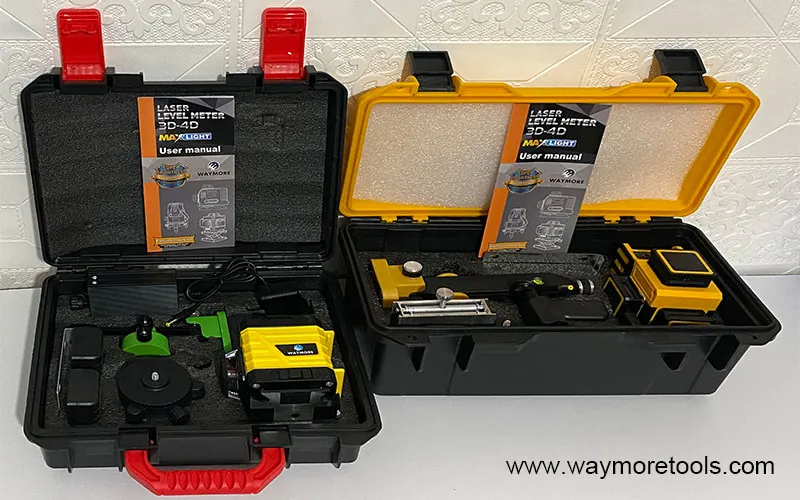
Choosing Between 5-Line and 12-Line Laser Levels: A Comprehensive Guide for B2B Wholesalers and Importers
As B2B wholesalers or importers in the construction tools industry, it's important to be knowledgeable about the products you supply. One common question that arises from beginners and professionals alike is whether to choose a 5-line or a 12-line laser level. This decision can impact performance, ease of use, and overall project outcomes. In this guide, we will provide an in-depth comparison of these two popular types of laser levels, focusing on functionality, brightness, and quality, to help you make an informed decision.
Table of Contents
- 1. Functional Differences Between 5-Line and 12-Line Laser Levels
- 2. Brightness: A Key Consideration in Laser Levels
- 3. Quality Comparison: Durability and Stability
- 4. Conclusion: Which Laser Level Is Right for Your Market?
1. Functional Differences Between 5-Line and 12-Line Laser Levels
Laser levels are essential tools in construction for providing precise leveling, alignment, and layout guidance. However, not all laser levels are created equal, and this is particularly evident when comparing 5-line and 12-line models. Here's how they differ in terms of functionality:
| Laser Level Type | Functionality |
|---|---|
| 5-Line Laser Level | The 5-line laser level projects laser lines in a cross pattern on a wall. It is ideal for standard leveling tasks and is commonly used for simple alignment jobs such as installing shelves or framing a room. |
| 12-Line Laser Level | The 12-line laser level projects laser lines in a full 360-degree circle. This provides additional functionality, as it can simultaneously level walls, floors, and ceilings, making it suitable for more complex projects. |
The key takeaway here is that the 12-line laser level offers greater versatility. With its 360-degree coverage, it can be used for a variety of applications, such as ceiling installations, tile setting, and large-scale alignment tasks. However, for more focused tasks, a 5-line level may be more than sufficient. For B2B wholesalers and importers catering to construction companies with diverse needs, offering both types ensures that you meet the varied demands of your clients.
2. Brightness: A Key Consideration in Laser Levels
Brightness is another critical factor when selecting a laser level, as it directly affects visibility, particularly in outdoor or brightly lit environments. Here's how the 5-line and 12-line laser levels compare in this regard:
| Laser Level Type | Brightness |
|---|---|
| 5-Line Laser Level | Due to the concentration of its laser lines on a flat plane, the 5-line laser level provides a brighter and more concentrated beam. This makes it ideal for use in bright environments or outdoors, where visibility is paramount. |
| 12-Line Laser Level | While the 12-line laser level provides comprehensive coverage, its brightness is slightly reduced compared to the 5-line model. This is because the laser lines are dispersed across multiple planes, resulting in less concentrated light. |
In general, the 5-line laser level has the advantage of brighter, more concentrated lines, which are easier to see in outdoor environments. If your clients are working primarily outdoors or in well-lit settings, recommending the 5-line model could be more advantageous. However, for interior work or environments where 360-degree coverage is crucial, the 12-line laser level still holds significant value.
3. Quality Comparison: Durability and Stability
When it comes to product quality, stability, and reliability, construction professionals demand tools that they can trust on the job site. As a B2B wholesaler or importer, ensuring that you provide high-quality tools is essential for building long-term relationships with your customers. So, how do 5-line and 12-line laser levels compare in terms of build quality and durability?
| Laser Level Type | Quality and Durability |
|---|---|
| 5-Line Laser Level | The 5-line laser level typically features a more mature and stable movement structure, making it more reliable for everyday use. The technology behind 5-line models has been refined over time, contributing to their durability and long-lasting performance. |
| 12-Line Laser Level | While the 12-line laser level offers additional functionality, its complex movement structure can sometimes lead to reduced stability and a higher likelihood of malfunction, especially in more rugged environments. |
In terms of quality, the 5-line laser level has a reputation for being more reliable, particularly when comparing models from the same brand. This is due to the simplicity of its mechanism, which results in fewer potential points of failure. For B2B customers seeking long-term, durable tools, the 5-line laser level may be the more attractive option. However, for companies involved in more specialized tasks requiring full 360-degree coverage, the 12-line laser level remains a valuable option.
4. Conclusion: Which Laser Level Is Right for Your Market?
As a B2B wholesaler or importer, offering the right tools to your customers is crucial for success. Both 5-line and 12-line laser levels have their distinct advantages, and the choice ultimately depends on the specific needs of your clients. Here's a quick summary to guide your decision:
- 5-Line Laser Level: Ideal for tasks that require bright, concentrated laser lines and reliable, long-lasting performance. Perfect for outdoor use and smaller, focused projects.
- 12-Line Laser Level: Offers comprehensive 360-degree coverage, making it suitable for larger and more complex projects. Best used indoors or for tasks that require leveling on multiple planes.
By understanding the unique features of each type of laser level, you can better serve your customers and help them make informed decisions based on their project requirements. Offering a range of products that cater to various needs will ensure that your business remains competitive in the construction tools market.
 Waymore Tools
Waymore Tools
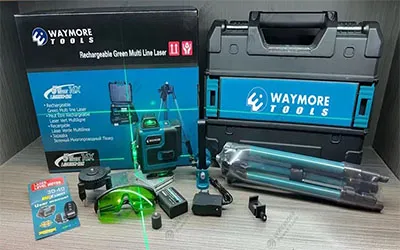
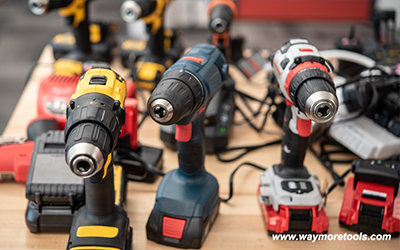
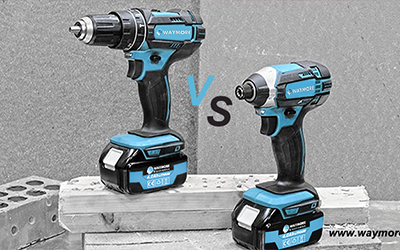
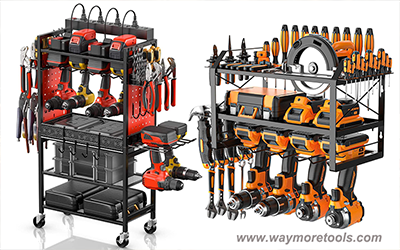
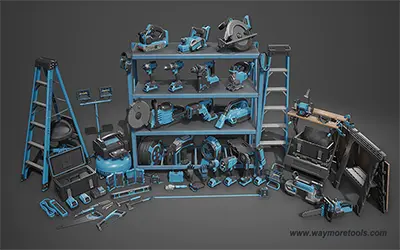
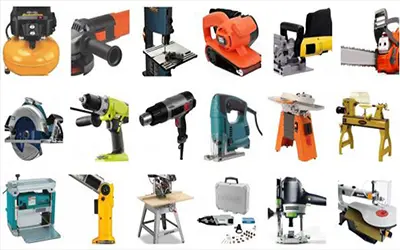






















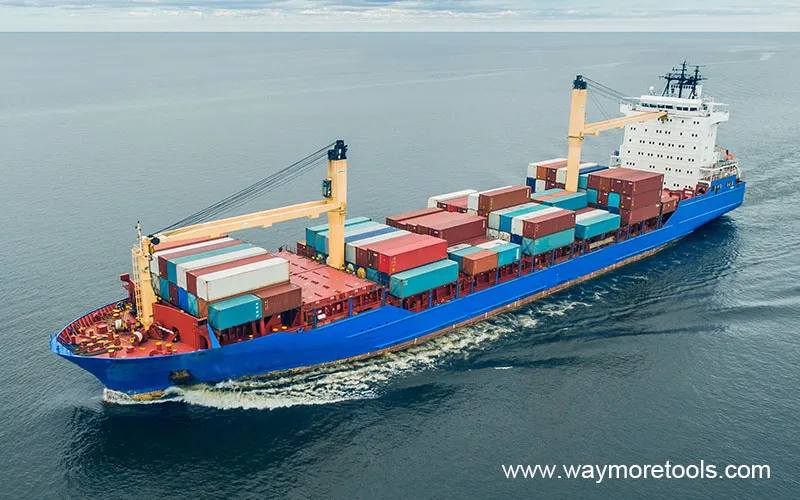


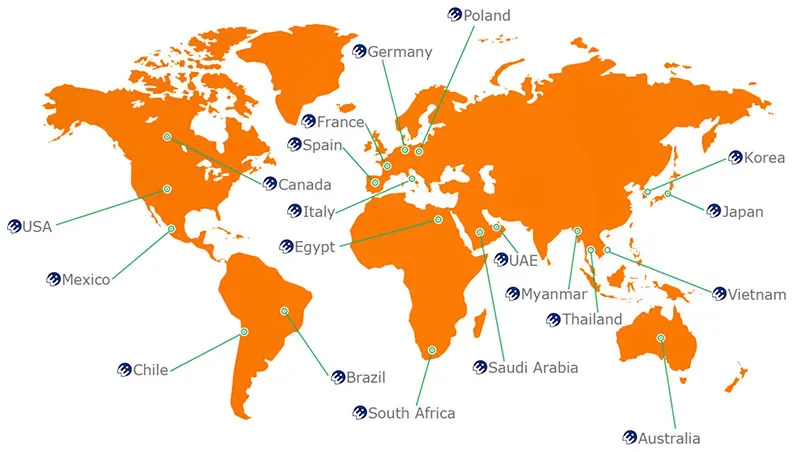








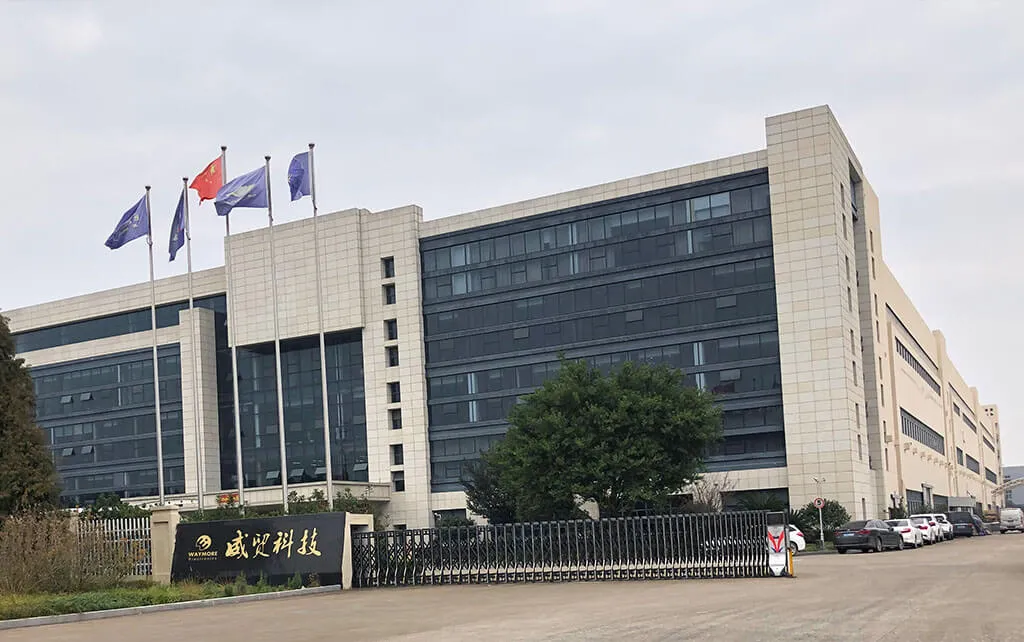











































































































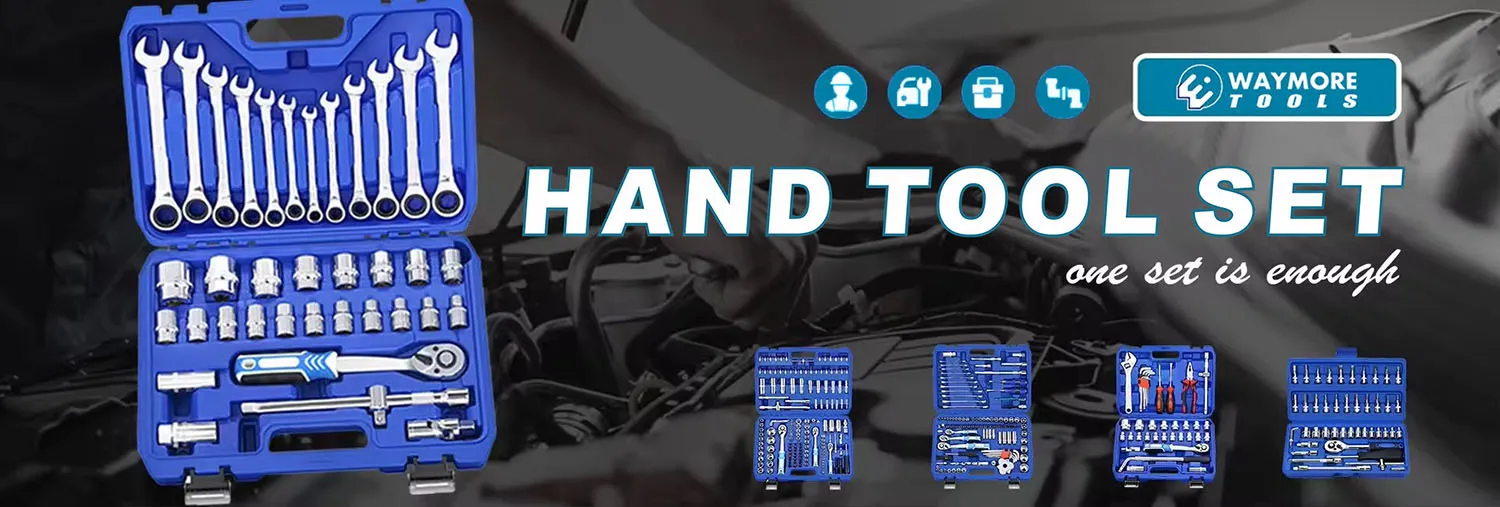























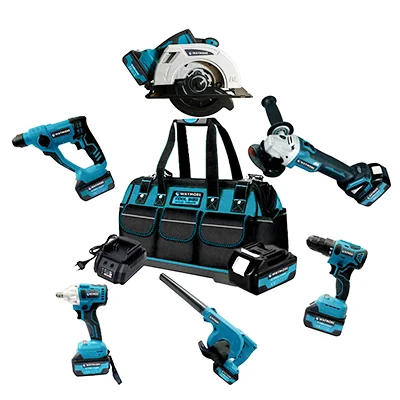


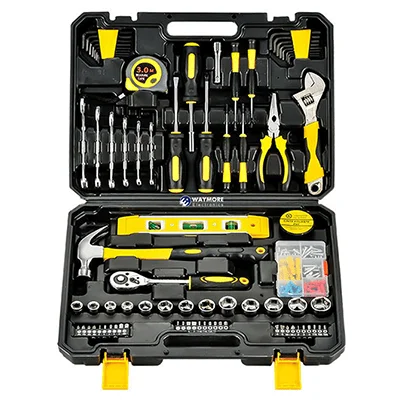

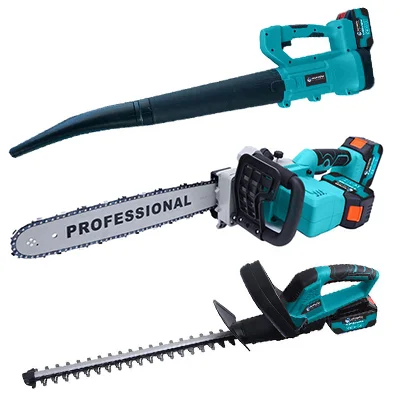

Leave a Comment